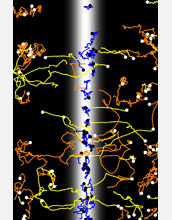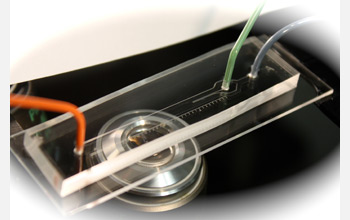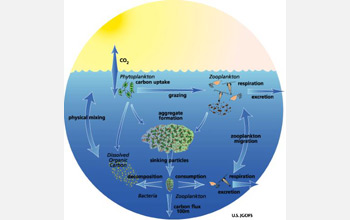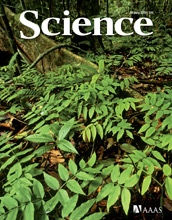All Images
News Release 10-121
Tiny Marine Microbes Exert Influence on Global Climate
Observations show that microorganisms display a behavior characteristic of larger animals
This material is available primarily for archival purposes. Telephone numbers or other contact information may be out of date; please see current contact information at media contacts.

Trajectories of Oxyrrhis marina, a marine plankton, are shown in a patch of DMSP. Yellow trajectories represent individuals with the fastest response; blue trajectories are individuals within the patch, and orange denotes all other trajectories. Circles indicate the starting point of each trajectory.
Credit: Roman Stocker and Tanvir Ahmed
Download the high-resolution JPG version of the image. (876 KB)
Use your mouse to right-click (Mac users may need to Ctrl-click) the link above and choose the option that will save the file or target to your computer.
Marine microbes--though invisible to the naked eye--perform functions that are vital for the health of the ocean. With no vision or hearing, they navigate their environment by following chemical signals. One of these chemicals, DMSP, elicits attraction among several marine microorganisms. The movies, taken in microfluidic channels, show the predator Oxyrrhis marina responding rapidly to a patch of DMSP, then retaining position within the patch.
Credit: Roman Stocker, Tanvir Ahmed, Rafel Simó, Justin Seymour (MIT)

An image of the microchannel used in the scientists' experiments.
Credit: Tanvir Ahmed and Roman Stocker
Download the high-resolution JPG version of the image. (614 KB)
Use your mouse to right-click (Mac users may need to Ctrl-click) the link above and choose the option that will save the file or target to your computer.

Marine scientists have discovered 'chemoattraction' throughout the ocean's microbial food webs.
Credit: U.S. Joint Global Ocean Flux Study (JGOFS)
Download the high-resolution JPG version of the image. (29 KB)
Use your mouse to right-click (Mac users may need to Ctrl-click) the link above and choose the option that will save the file or target to your computer.

The researchers' findings are described in the July 16th issue of the journal Science.
Credit: Copyright AAAS 2010
Download the high-resolution JPG version of the image. (1.5 MB)
Use your mouse to right-click (Mac users may need to Ctrl-click) the link above and choose the option that will save the file or target to your computer.


